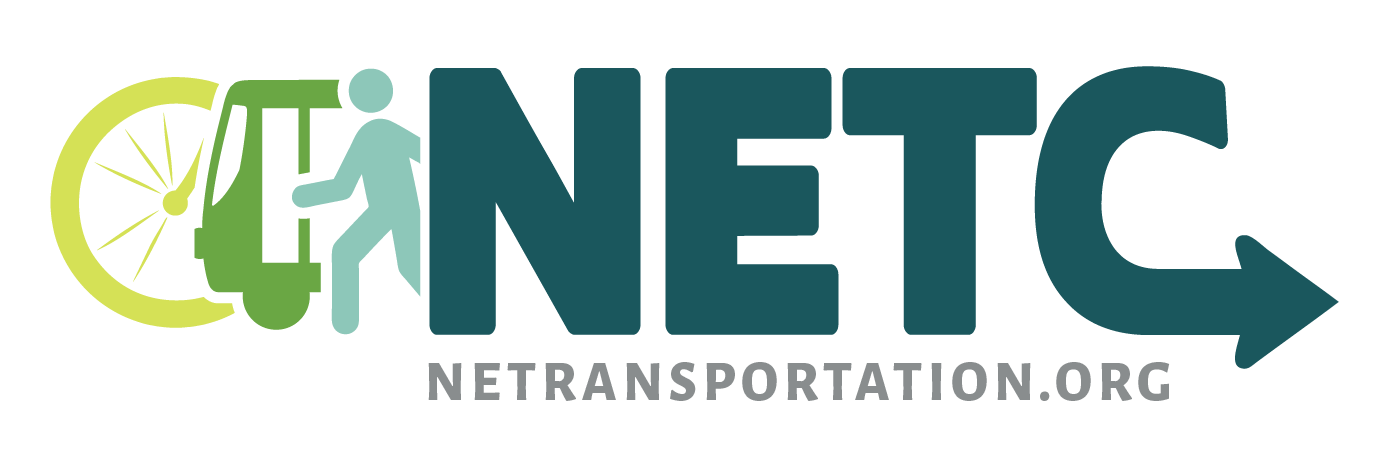New City Requirements for Developers
The City and County of Denver has established goals to improve mobility, increase housing affordability, minimize environmental impacts, and improve public health.
Starting June 1st, a new set of requirements for land developers is in effect. We can help you meet these requirements.
NETC’s TDM Planning Services
Northeast Transportation Connections (NETC)’s mission is to work with communities and businesses to improve mobility and to establish sustainable transportation throughout the Denver Metro Region. This work is known in the transportation world as Transportation Demand Management (TDM). We take a holistic approach to our work and specialize in TDM strategies. This planning is a critical cornerstone for the health, happiness, safety, and opportunity of the residents of your development and the surrounding neighborhood.
Creation of TDM Plan
We take the TDM components that you choose for your development and guide you through creating your own TDM plan — or we can become the architects of the plan to input into your development's design. We make sure that the plan will align with any requirements needed for the development.
Implementation of TDM Plan
After creating the TDM plan, we can either guide you through the steps needed or we will create the logistics necessary to actionize the TDM plan so that it fits seamlessly into your new development.
Onsite Services
Our customizable onsite services help your staff and/or residents activate the TDM components. This can include training, education, and custom commute plans.
Requirements
The new City requirements are based on a tier system:
All projects subject to large development review are categorized as Tier 2.
Additionally, all projects receiving small lot parking exemptions are categorized as Tier 2.
All Tier 1 and Tier 2 properties will be required to submit a TDM plan as part of the development approval process and subsequently implement and report on those plans as part of their occupancy permit. The required elements of TDM plans will vary based on developments’ context and size. The City will create a website that will help developers understand their specific TDM requirements.
Monitoring and Compliance
Monitoring and compliance consist of pre-occupancy inspections, annual reporting, and spot checks. Before a building can receive an occupancy permit, the property owner will need to demonstrate, through a pre-occupancy inspection, that infrastructure-focused TDM strategies have been constructed according to the TDM plan.
All properties with TDM plans must submit an annual report to the City. Tier 1 projects must provide contact information for the development’s TDM coordinator and verification that TDM infrastructure is in good working order. Tier 2 properties must provide all the information that Tier 1 properties provide plus verification that programmatic strategies are being implemented as specified in their TDM plans. In addition, Tier 2 properties will be required to conduct biennial commute surveys to measure the commute SOV rate of building occupants.
The City will conduct random spot checks to ensure that the TDM strategies specified in the approved TDM plan are implemented as detailed in the plan and verified in the annual reports.




